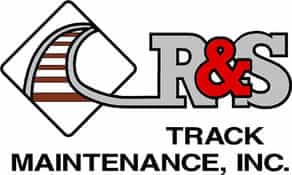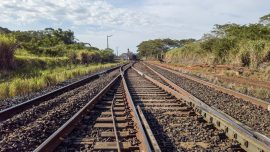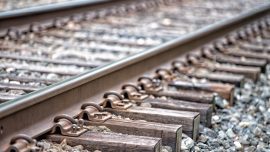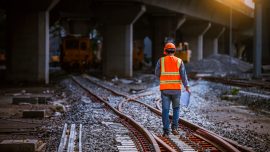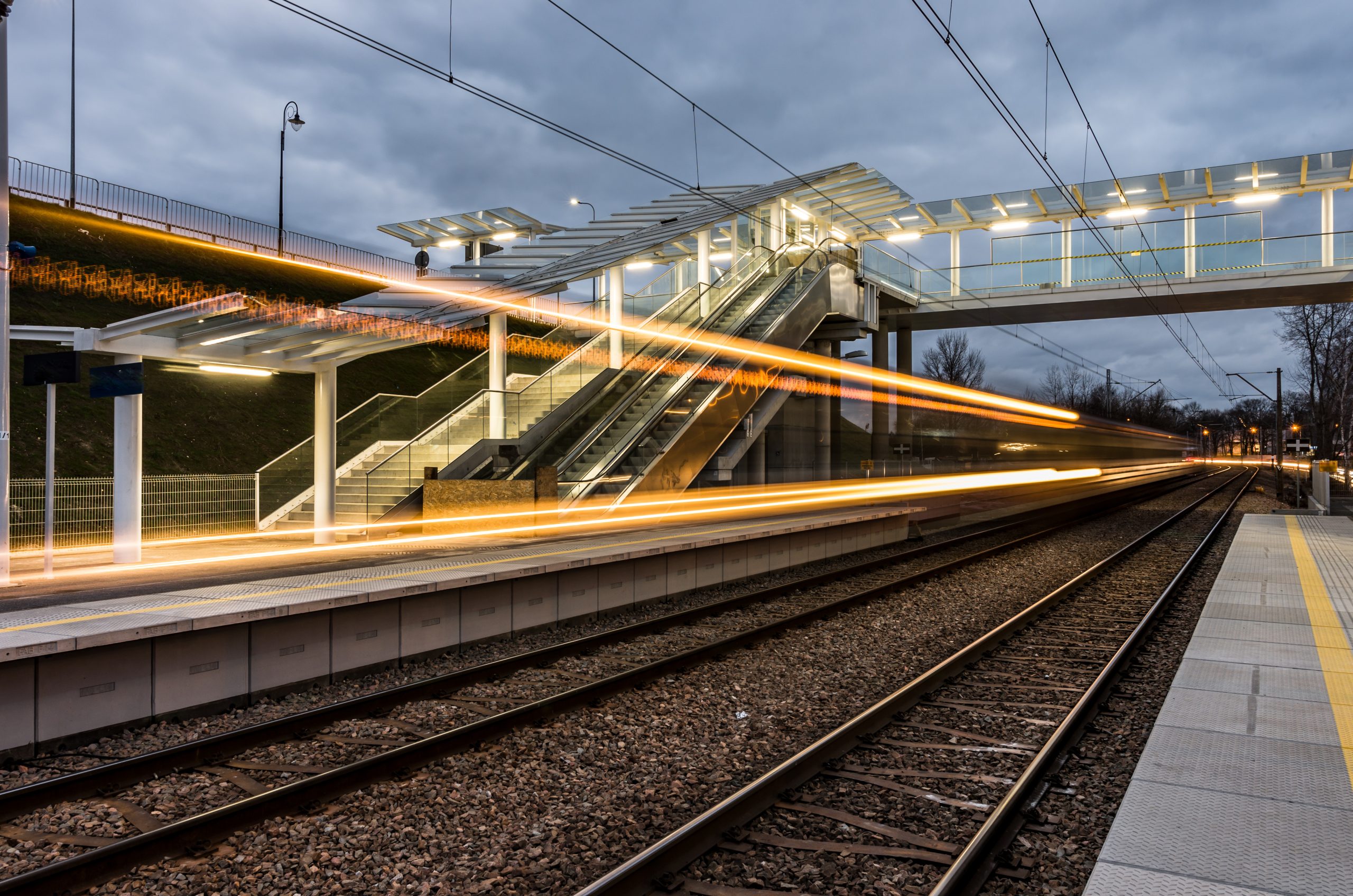
Bridging the Gap: Connecting Communities Through Railroad Construction
Have you ever wondered how railroads continue to transform cities and economies even in today’s fast-paced world? Railroad construction is not just about laying tracks—it’s about connecting communities, fostering growth, and paving the way for a brighter future. In this article, we’ll explore how the modern railroad construction industry is bridging gaps between towns, cities, and industries, and why this age-old infrastructure is still relevant today.
The Role of Railroad Construction in Community Connection
Railroad construction has long been a cornerstone of connecting people, goods, and industries across vast distances. In today’s world, it still serves as a vital link in transportation and infrastructure.
Economic Growth and Development
One of the key benefits of railroad construction is its ability to boost local economies. When a new railway line is built, it opens up new opportunities for trade and employment, encouraging businesses to set up shop near rail hubs. Communities along these rail lines experience growth in:
- Job creation: Construction projects create jobs, both during and after the building phase.
- Increased commerce: Railways provide a reliable, cost-effective way for goods to be transported, supporting local industries.
- Tourism development: Areas once considered remote can become tourist destinations thanks to new or improved rail connections.
Enhanced Mobility and Accessibility
Railroad construction significantly improves the mobility of residents and businesses by offering a more efficient transportation option. Whether moving goods or people, railways are crucial for reducing travel time and cost, especially in rural areas. Communities connected by rail experience:
- Easier access to urban centers: Commuters can quickly travel to larger cities for work or leisure.
- Reduced transportation costs: Railways provide an affordable alternative to air or road travel, benefiting both individuals and businesses.
- Improved logistics: Railways are ideal for moving bulk goods, helping local manufacturers access larger markets.
The Environmental Impact of Modern Railroad Construction
In an era focused on sustainability, railroad construction offers several environmental advantages over other modes of transportation. Railways have a lower carbon footprint compared to highways and aviation, making them a greener option for transporting both passengers and freight.
Reducing Carbon Emissions
Rail transport is one of the most energy-efficient forms of transportation. According to studies, railways can transport goods with up to 75% less carbon dioxide emissions than trucks. This makes expanding rail networks through new railroad construction projects an environmentally responsible choice.
Decreasing Road Traffic
Railroad construction helps alleviate traffic congestion on highways by providing an alternative for freight and passenger transportation. Fewer trucks and cars on the road mean less wear and tear on infrastructure and reduced air pollution in congested areas.
Innovations in Railroad Construction Technology
Advancements in technology have transformed railroad construction, making it faster, safer, and more efficient. Modern methods and materials allow companies like R&S Track to build railways that can withstand extreme conditions and heavy usage while minimizing disruptions to surrounding communities.
High-Speed Rail and Smart Trains
The development of high-speed rail systems is changing the way we think about travel. High-speed trains, supported by new railroad construction projects, enable passengers to travel longer distances in less time. Additionally, smart trains equipped with cutting-edge technology can monitor track conditions in real-time, enhancing safety and reliability.
Sustainable Materials and Methods
Companies like R&S Track are adopting sustainable construction methods, using materials that are eco-friendly and long-lasting. From recycled steel to advanced construction techniques that minimize land disruption, these innovations are helping to ensure that railroad construction is both forward-thinking and sustainable.
The Future of Railroad Construction
Railroad construction continues to be a driving force in connecting communities, improving transportation, and promoting sustainable development. Whether through economic growth, enhanced mobility, or environmental benefits, the impact of new rail projects is undeniable. If you’re looking to contribute to the future of infrastructure or need expert services in railroad construction, consider working with R&S Track, a leader in innovative rail solutions. Contact us today to learn how we can help bridge the gap and connect your community.
